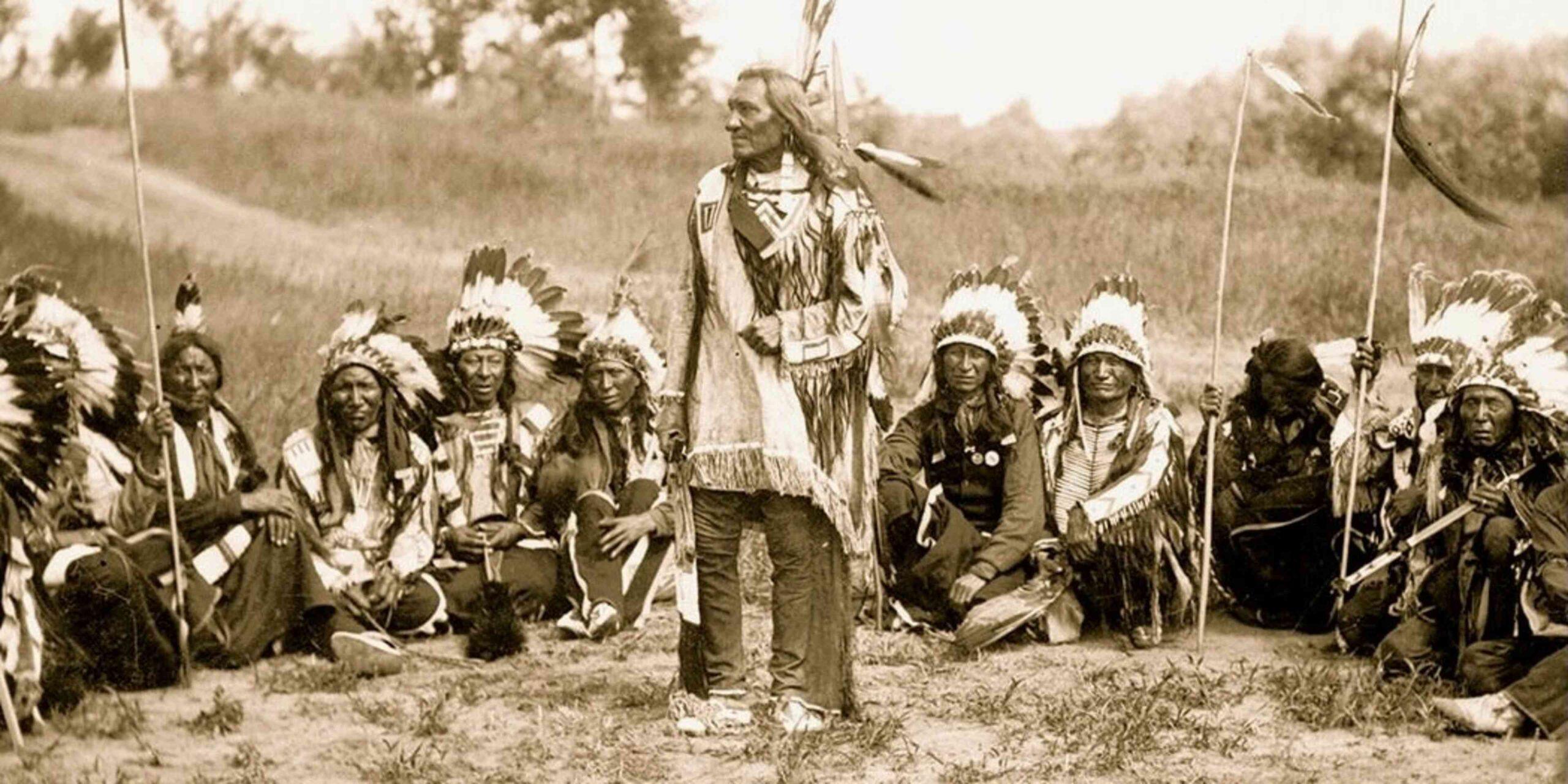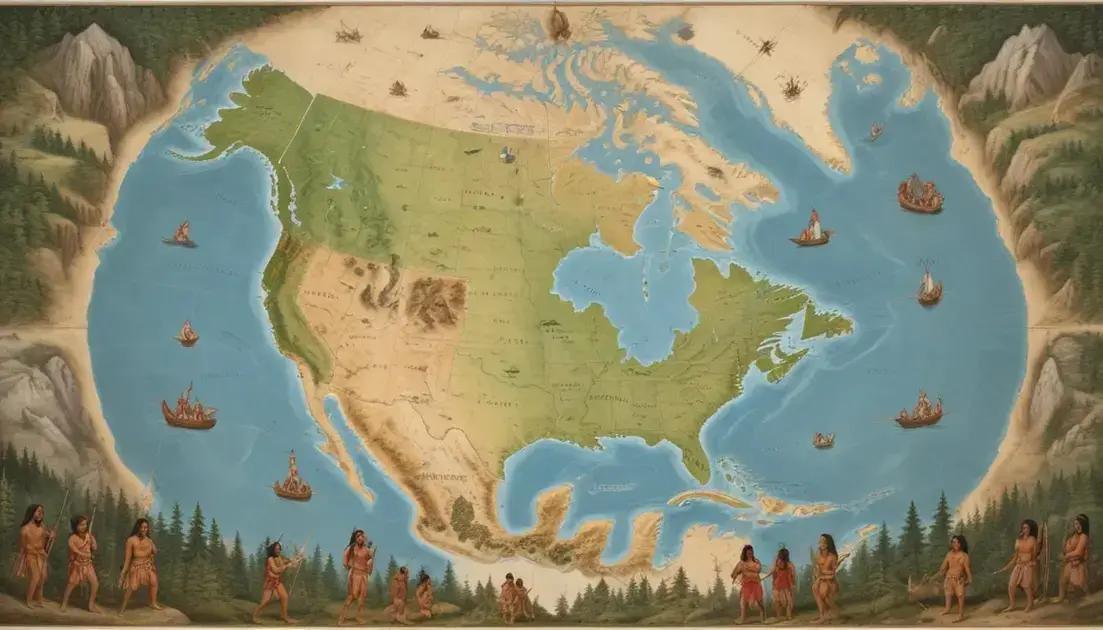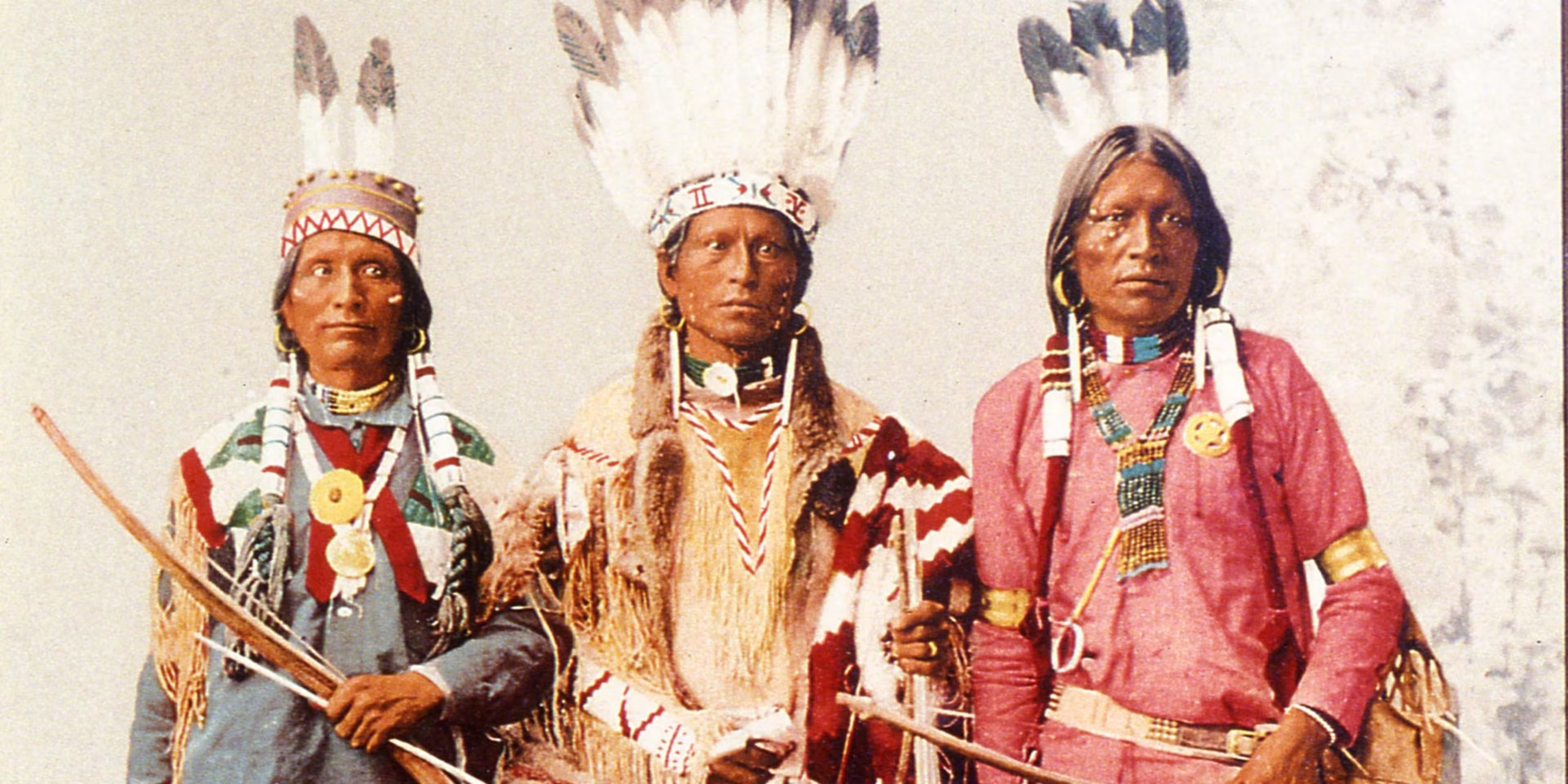
The History of the Native American Tribes and Their Struggles
Introduction: A Tapestry of Resilience
The history of Native American Tribes is a vast and intricate tapestry woven from threads of resilience, innovation, and profound loss. Spanning millennia, their story encompasses a breathtaking diversity of cultures, languages, and societal structures, a testament to human adaptation and ingenuity. Over 500 federally recognized tribes within the United States alone represent only a fraction of the original indigenous populations of North America, each with its unique history, traditions, and ongoing struggles. This exploration delves into the rich and complex past of these tribes, examining their triumphs and tribulations, from their earliest settlements to the present day, while acknowledging the ongoing need for understanding, reconciliation, and justice. The term “Native American,” while commonly used, is a broad umbrella encompassing diverse nations with distinct identities and histories. Understanding this inherent diversity is crucial to appreciating the complexity of their collective experience.
The Dawn of Civilization: Early Inhabitants and Flourishing Cultures
Long before European contact, the North American continent thrived with a vibrant population of indigenous peoples. Archaeological evidence suggests human presence dating back at least 15,000 years, possibly much longer. These early inhabitants gradually migrated across the continent, adapting to diverse environments and developing sophisticated cultures tailored to their unique surroundings. From the Arctic tundra to the lush rainforests and expansive plains, Native American societies flourished, demonstrating remarkable ingenuity in their strategies for survival and prosperity.
Different tribes developed unique lifestyles and technologies. Some relied primarily on hunting and gathering, developing intricate knowledge of their environments and utilizing diverse plant and animal resources. Others transitioned to agriculture, cultivating crops like corn, beans, and squash – crops that would later become staples of the global diet – and developing advanced irrigation systems and agricultural techniques that allowed for settled communities and larger populations. This agricultural innovation facilitated the development of complex social structures, political systems, and trade networks that connected communities across vast distances.
The societies that emerged were far from uniform. Some developed large, centralized settlements with sophisticated governance structures, while others maintained smaller, more decentralized communities based on kinship ties and clan structures. Complex religious and spiritual beliefs permeated daily life, often deeply connected to the natural world and encompassing elaborate ceremonies, rituals, and traditions passed down through generations. These traditions, including storytelling, oral histories, music, art, and dance, served not only to entertain but also to educate, preserve cultural knowledge, and strengthen communal bonds. The diversity of languages alone—with estimates exceeding 300—underscores the richness and variety of these early cultures.
The Impact of Colonialism: A Legacy of Loss and Resistance
The arrival of European colonizers in the 15th century marked a catastrophic turning point in the history of Native American Tribes. This encounter was not a simple exchange but a violent and transformative upheaval that forever altered the course of indigenous life. The consequences were devastating and far-reaching, causing irreversible damage to populations, cultures, and environments.
The introduction of new diseases, against which Native Americans had no immunity, had a catastrophic effect. Epidemics of smallpox, measles, influenza, and other infectious diseases decimated populations, wiping out entire communities and disrupting social structures. Historians estimate that the indigenous population of North America plummeted by as much as 90% in the centuries following European contact, a staggering loss of human life and cultural heritage. This demographic collapse created power vacuums exploited by European powers.
Beyond the devastating impact of disease, European colonization involved the systematic dispossession of land, the destruction of traditional ways of life, and the imposition of foreign governance and cultural values. Colonizers frequently disregarded indigenous land claims and treaties, forcibly removing tribes from their ancestral territories through violence, coercion, and fraudulent land deals. This process often involved forced marches, like the infamous Trail of Tears, resulting in countless deaths from starvation, disease, and exposure.
The relentless expansion of European settlements also led to increasing conflict and warfare between indigenous peoples and colonizers. While Native American tribes exhibited remarkable resistance and fought valiantly to defend their lands and cultures, their efforts were often thwarted by the superior weaponry and resources of their adversaries. The strategies employed by various tribes differed greatly, from open warfare and guerilla tactics to diplomacy and strategic alliances. However, the inherent imbalance of power often proved insurmountable, resulting in ongoing losses and displacement.
The consequences of colonization extended beyond physical conflict. The imposition of foreign systems of governance and law undermined indigenous sovereignty and self-determination, stripping tribes of their autonomy and authority. Attempts to assimilate Native Americans into European culture—often through forced education in boarding schools that suppressed native languages, spiritual practices, and cultural traditions—were particularly damaging, leading to intergenerational trauma and the erosion of indigenous identity.
The 19th Century and Beyond: Continued Struggle for Survival and Self-Determination
The 19th century witnessed a continuation of the systematic oppression of Native American Tribes, marked by policies designed to further marginalize and dispossess them. The Indian Removal Act of 1830, a cornerstone of this oppressive policy, forcibly relocated thousands of Native Americans from their ancestral lands in the southeastern United States to lands west of the Mississippi River. The Dawes Act of 1887 attempted to dismantle tribal ownership of land by allotting individual parcels to tribal members, a strategy designed to weaken tribal structures and facilitate the assimilation of Native Americans into mainstream American society.
Despite these policies, Native American Tribes continued to resist, organizing resistance movements, engaging in legal challenges, and pursuing strategies of adaptation and survival. The rise of pan-Indian movements and the growing awareness of indigenous rights in the 20th century spurred further efforts to challenge oppressive policies and secure recognition of tribal sovereignty. The Indian Reorganization Act of 1934, while flawed, represented a shift toward a more collaborative approach with tribes, allowing for greater tribal self-governance and economic development. However, the legacy of historical injustices and systemic discrimination continues to impact Native American communities to this day.
Contemporary Challenges: Poverty, Healthcare, and Environmental Injustice
The struggles of Native American Tribes persist in the 21st century. Many communities continue to face significant challenges related to poverty, unemployment, and inadequate access to essential services such as healthcare, education, and housing. Rates of poverty, disease, and substance abuse remain significantly higher in many Native American communities compared to the national average. These disparities are often rooted in historical injustices and ongoing systemic inequalities. The legacy of colonialism, manifested in limited access to resources and opportunities, continues to hinder economic and social development.
Environmental justice is another critical issue for many Native American Tribes. Many reservations are located in environmentally vulnerable areas, and tribal communities often bear the disproportionate burden of pollution and environmental degradation. The extraction of natural resources from tribal lands, often without adequate consultation or compensation, has further exacerbated existing environmental problems. Climate change poses a particularly significant threat to many tribal communities, impacting traditional livelihoods, water resources, and cultural heritage sites.
Cultural Revitalization and Resistance: A Legacy of Strength and Hope
Despite the immense challenges they face, Native American Tribes have demonstrated remarkable resilience and a steadfast commitment to preserving their cultures and traditions. Efforts to revitalize Native languages, which were once suppressed through forced assimilation policies, are gaining momentum. Community-based language programs and initiatives are underway across various tribes, working to ensure the survival of these invaluable linguistic resources.
Cultural centers, museums, and educational programs play a vital role in promoting awareness of Native American history and cultures. These initiatives strive not only to preserve cultural heritage but also to share it with a wider audience, fostering understanding and dispelling harmful stereotypes. The contributions of Native Americans to art, music, literature, and other forms of cultural expression continue to enrich American society and global culture.
The growing recognition of indigenous rights and the increasing visibility of Native American voices are also positive indicators. Tribes are increasingly asserting their sovereignty and challenging discriminatory policies through legal action and advocacy. This renewed emphasis on self-determination is essential to addressing historical injustices and securing a more equitable future for Native American communities.
Conclusion: A Future of Reconciliation and Justice
The history of Native American Tribes is one of immense hardship and profound resilience. The story encompasses centuries of struggle against colonial oppression, dispossession, and cultural destruction, yet it is also a story of remarkable adaptation, innovation, and a persistent commitment to cultural survival. To truly understand American history, one must grapple with the complex and often painful legacy of interactions with Native American communities.
The path toward a just and equitable future requires a concerted effort to confront the legacy of historical injustices and address the ongoing disparities faced by Native American Tribes. This includes acknowledging past wrongs, supporting tribal self-determination, promoting economic development, ensuring access to healthcare and education, and addressing environmental injustices. Crucially, it involves listening to and amplifying the voices of Native American communities, working collaboratively to create a future where their rights are respected, their cultures are celebrated, and their voices are heard. The enduring strength and resilience of Native American Tribes offer a powerful example of the human spirit’s capacity to overcome adversity and persist in the face of immense challenges. Their story is not just a historical narrative; it is an ongoing story of survival, resistance, and hope, a testament to the enduring power of culture, community, and the unwavering human spirit.

